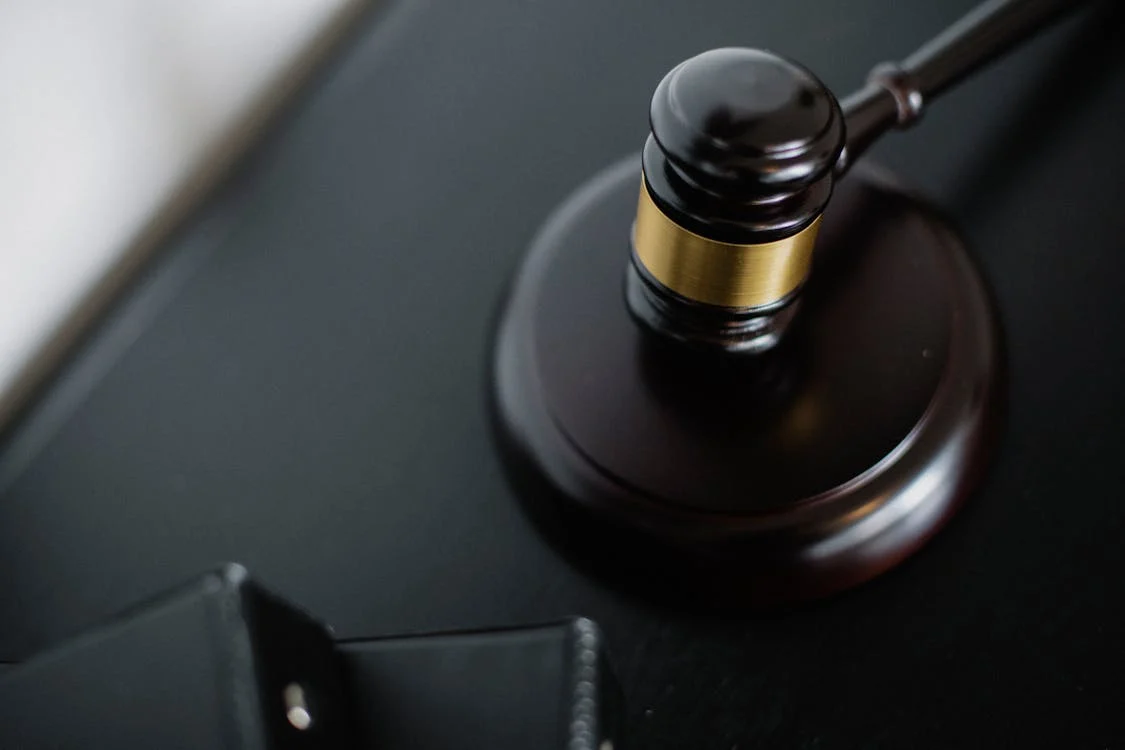
\In the world of business, disputes are inevitable, especially when it comes to distribution rights, intellectual property, or contractual obligations. TruLife Distribution, a company known for its role in the distribution of various consumer goods, has recently been at the center of a legal controversy. The ongoing TruLife Distribution lawsuit has captured the attention of the industry, with significant implications for the company’s future and its relationships with partners and consumers alike.
In this article, we’ll dive into the key details of the TruLife Distribution lawsuit, exploring what the legal case involves, the parties involved, and the possible outcomes. Whether you are a consumer, investor, or industry observer, understanding the developments of this case is crucial as it could have broader implications for distribution practices and business law.
What is the TruLife Distribution Lawsuit About?
Overview of the Dispute
The TruLife Distribution lawsuit centers around allegations made by one or more parties regarding the company’s business practices. Lawsuits involving distribution companies typically involve issues such as breach of contract, fraud, trademark infringement, or intellectual property theft. The specific details of the TruLife lawsuit likely include:
- Breach of Contract: One of the most common types of legal disputes for distribution companies. This could involve claims that TruLife Distribution failed to fulfill its contractual obligations, including failing to deliver products on time or delivering faulty goods.
- Intellectual Property (IP) Issues: If TruLife Distribution is accused of distributing counterfeit or unlicensed products, this could lead to a lawsuit over IP infringement.
- Unfair Competition: In some cases, companies can sue others for engaging in business practices that give them an unfair advantage, such as using deceptive advertising, underpricing, or colluding to undermine competition.
The exact nature of the lawsuit is still unfolding, but the case seems to have significant financial and legal consequences for TruLife Distribution. Legal experts are closely monitoring the case to determine how it could affect the company’s operations and reputation moving forward.
Parties Involved in the Lawsuit
Lawsuits often involve multiple stakeholders, and in the case of TruLife Distribution, the parties involved likely include:
- Plaintiff(s): The individual(s) or company/organization bringing the lawsuit against TruLife. In many cases, this could be a business partner, distributor, or consumer claiming harm caused by TruLife’s actions.
- Defendant(s): TruLife Distribution itself, which has been accused of wrongdoing. The company may have to defend itself against the allegations, which could involve presenting evidence, negotiating settlements, or going to trial.
- Legal Teams: Both sides of the case are likely represented by experienced legal teams, with the plaintiff’s lawyers seeking damages for the alleged wrongdoing and TruLife’s lawyers working to defend the company’s interests.
In legal cases of this nature, a third party such as a mediator or arbitrator may be involved to help settle the dispute outside of court. However, if the case escalates, it could be heard in a court of law, where a judge or jury will ultimately decide the outcome.
Key Allegations in the TruLife Distribution Lawsuit
Breach of Contract Allegations
One of the central issues in the TruLife Distribution lawsuit could be breach of contract. This might involve the company failing to meet the terms of its agreement with partners or suppliers. Distribution companies typically sign contracts with manufacturers, wholesalers, and retailers to distribute goods in specific markets. If these contracts are violated in any way, such as by failing to deliver the goods on time, failing to maintain quality standards, or breaching exclusivity terms, a lawsuit could be filed.
For example, TruLife Distribution might be accused of failing to meet deadlines for product shipments or mismanaging its supply chain, leading to financial losses for its partners. A breach of contract lawsuit would seek to recover those damages, and if the breach is deemed to be intentional or egregious, the court might award punitive damages in addition to compensatory damages.

Trademark or IP Infringement
In a different scenario, TruLife Distribution could be facing accusations of intellectual property infringement, particularly if they distributed products without securing the proper rights. If TruLife has been accused of distributing counterfeit or unlicensed goods—such as imitating the design or branding of a legitimate company—this could result in a legal case over IP rights.
For instance, a brand whose products were allegedly sold by TruLife without proper authorization may claim that the distribution company violated their trademark or copyright. This type of lawsuit could lead to significant financial penalties, including the potential for the company to pay damages to the injured party and cease distribution of the offending goods.
Unfair Competition and Deceptive Practices
A third possible source of the TruLife lawsuit could be unfair competition claims. If a competitor accuses TruLife of using deceptive business practices to gain an unfair advantage—such as misleading advertising, collusion, or predatory pricing—it could result in a lawsuit. In such cases, the plaintiff would have to prove that TruLife intentionally engaged in practices designed to undermine competition or mislead consumers.
For example, TruLife could be accused of using false advertising to misrepresent its products or undercutting competitors by selling goods at unsustainable prices. If proven, these practices could not only result in financial penalties but could also damage the company’s reputation and consumer trust.
Possible Outcomes of the TruLife Distribution Lawsuit
Settlement Negotiations
Lawsuits can be lengthy, costly, and uncertain, which is why many companies, including TruLife Distribution, may seek to settle out of court. A settlement allows both parties to reach a mutually agreed-upon resolution without the need for a trial. In many cases, a settlement will involve a payment from the defendant to the plaintiff in exchange for dropping the lawsuit and avoiding further legal action.
If the case settles, it could mean that TruLife Distribution would agree to pay a sum of money to resolve the claims without admitting guilt. Settling can help avoid protracted legal battles, preserve the company’s reputation, and reduce legal costs.
Court Ruling and Damages
If the case does not settle and goes to trial, the outcome will depend on the presentation of evidence and legal arguments. If TruLife Distribution is found liable for the claims against it, the company could be ordered to pay substantial damages, including:
- Compensatory Damages: Compensation for the harm caused to the plaintiff, including financial losses due to the alleged wrongdoing.
- Punitive Damages: If the court determines that TruLife acted recklessly or with malice, it may impose punitive damages to punish the company and deter future misconduct.
- Injunctive Relief: In some cases, a court might issue an injunction, which could prevent TruLife from continuing certain business practices or force the company to stop distributing particular products.
The Impact of the TruLife Distribution Lawsuit
On the Business
A lawsuit can have serious consequences for any company, especially one that operates in a highly competitive field like distribution. If the TruLife Distribution lawsuit results in a judgment against the company, it could face financial hardship due to damages or penalties. Additionally, the reputational damage caused by a publicized lawsuit could result in a loss of business, especially if partners and consumers lose confidence in the company’s operations.
Even if TruLife wins the lawsuit, the costs of legal fees and the distraction of a prolonged court battle can be detrimental to day-to-day operations.
On the Industry
Beyond TruLife Distribution itself, this lawsuit could have wider implications for the distribution industry. If the company is found guilty of certain practices, it could set a legal precedent, influencing how distribution agreements are drafted in the future. Other companies in the industry may begin to adopt stricter compliance measures or review their own contracts more carefully to avoid similar legal issues.
Conclusion
The TruLife Distribution lawsuit represents a significant legal battle with far-reaching consequences for the company and the broader industry. Whether the case revolves around breach of contract, IP infringement, or unfair competition, the outcome could reshape how businesses approach distribution agreements and intellectual property protections.
As the case develops, it will be important to monitor new updates, as the resolution of the lawsuit may have lasting effects on TruLife Distribution’s future business operations, its relationships with partners, and the broader legal landscape for distribution companies.
Whether through settlement or trial, the final ruling will undoubtedly serve as a key moment in TruLife’s history—and in the ongoing evolution of distribution laws.




